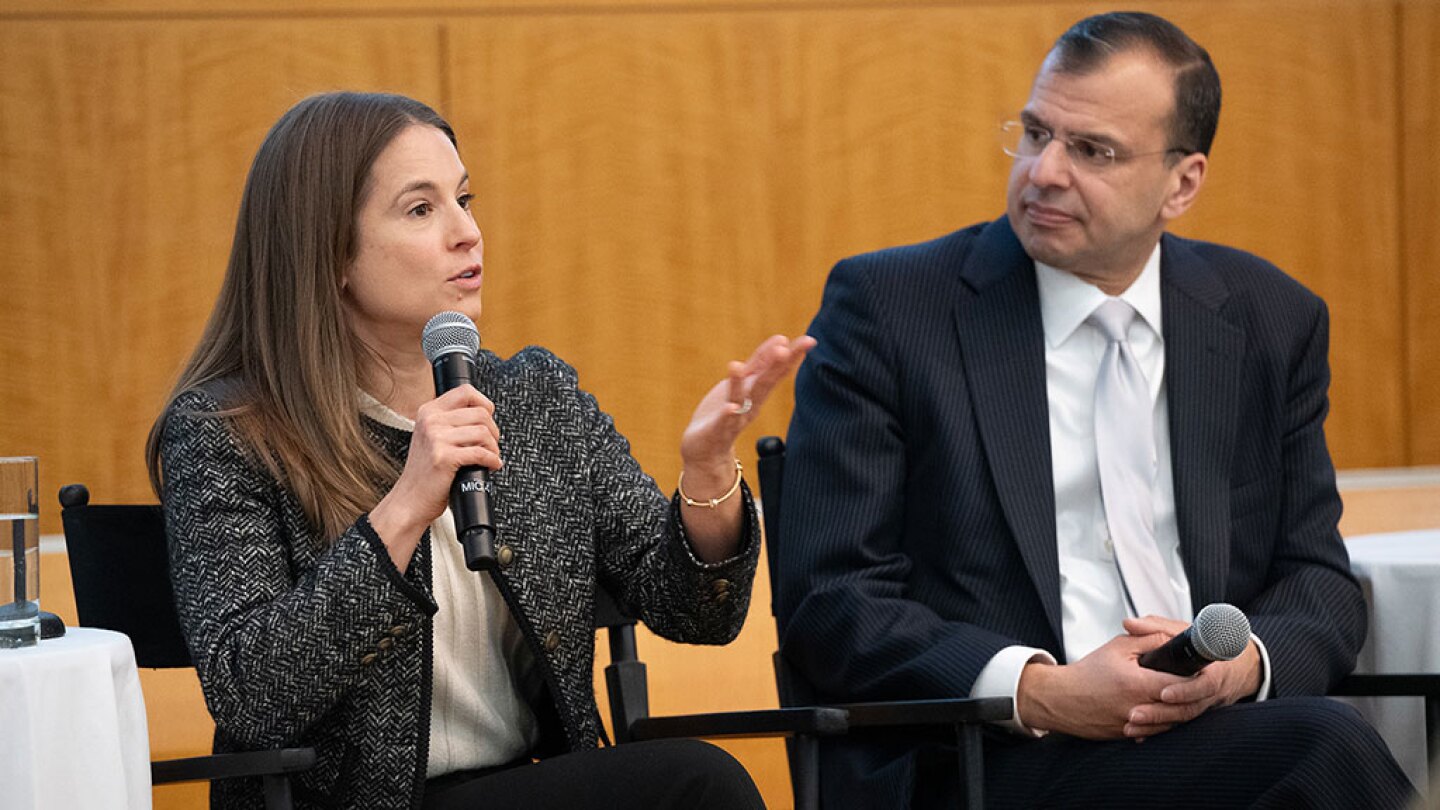A
s the real estate landscape in New York City continues to evolve, a mix of optimism and uncertainty dominated the conversation at the "ULI New York: Real Estate Outlook 2025" event. Held on January 22, 2025, at the Stern School of Business at New York University, the gathering brought together local experts to discuss the Emerging Trends in Real Estate forecast.
According to the report, produced by PwC and ULI, lower interest rates have contributed to a more positive outlook for real estate in 2025. "We're on the cusp of the next upturn in the real estate cycle," said Bill Staffieri, partner with PwC, citing consensus among industry experts. The forecast predicts rising returns, appreciation, and increased transactions.
However, uncertainty surrounding interest rates and federal policy has tempered expectations. Panelists noted that rate cuts once expected for 2025 are now likely to be delayed due to concerns about inflation. "The likelihood of additional rate hikes is not very good," said Lisa Pendergast, president and CEO of the Commercial Real Estate Finance Council.
Despite these challenges, real estate investors can expect more financing options in 2025, as commercial mortgage-backed securities (CMBS) lenders fill the gap left by banks. "The banks are not interested in balance sheet lending for office, and I think it's going to be a long time before that opens up again," said Sarah Hawkins, senior managing director and head of U.S. East at Hines.
New York City is experiencing its own turnaround, with many markets showing promising prospects. The top third of the list includes Manhattan, Brooklyn, Jersey City, Long Island, Northern New Jersey, and NYC Other, according to the survey. In contrast, Manhattan ranked 42nd in the 2022 Emerging Trends survey.
Office absorption is nearly flat in New York after years of negative absorption, but plans to convert older office buildings into apartments are helping to reduce strain on these properties. Continued job growth is also driving demand for new office space. "You're seeing real rent growth, and it's spiking for new buildings," said Hawkins.
Real estate investors should not expect relief from environmental regulations in places like New York, which has enacted tough standards for commercial real estate properties. "State and local leaders have rushed into a role of climate leadership," said Rohit Aggarwala, chief climate officer for the city of New York.
One example of adapting to changing office tenant needs was presented by Kenneth Fisher, comanaging partner of Fisher Brothers. His company owns several landmark 1960s and 1970s office towers in Manhattan, which required extensive renovations to compete with new office space. The work paid off with several giant office leases, putting Fisher Brothers in a better position than other owners who need to refinance debt on older buildings.
As the real estate landscape continues to evolve, experts agree that flexibility and adaptability will be key to success in 2025 and beyond.















